The 8 plants you should never prune in autumn - or risk ruining next year’s garden
You might know what you should prune… but do you know what you shouldn’t?

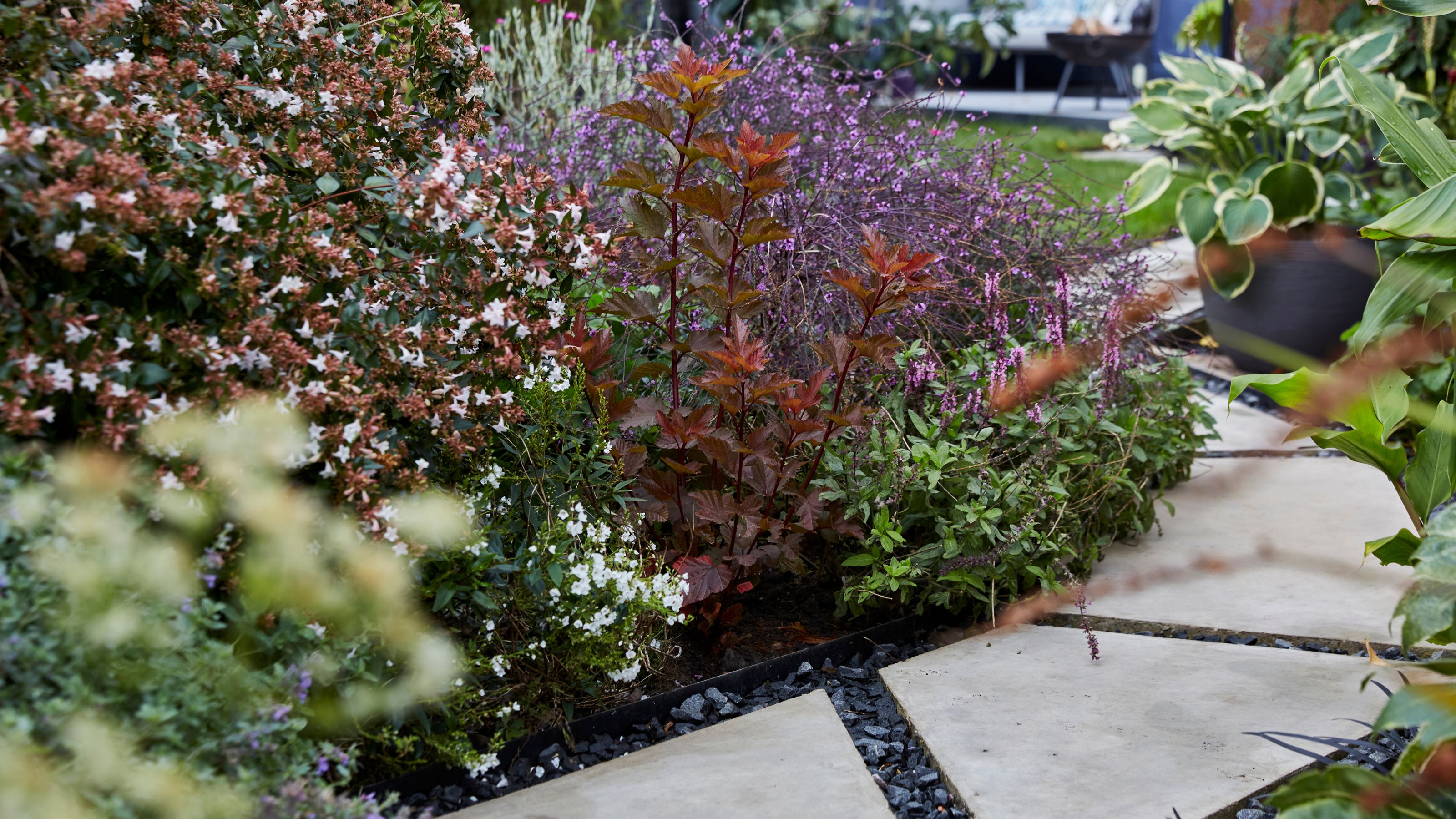
When your summer-flowering blooms start to fade, temperatures begin to fall, and autumn leaves cover your lawn, you may be inclined to start pruning your plants. And while some plants require an end-of-season trim, there are many other plants you should never prune in autumn.
In the UK, autumn spans from the 1st of September to the 30th of November. Thankfully, there are still many autumn-flowering shrubs that can add colour and vibrancy to your garden during this time. But for the most part, your garden will start winding down in preparation for the colder months - and there are quite a few tasks you need to add to your to-do list to get your garden ready for winter.
For starters, you need to tick the plants to prune in November off your list. But you also need to know when to put your pruning shears down, as snipping the plants you should never prune in autumn could spell disaster for your outside space and result in fewer blooms next year. To help, we reveal the plants you should leave to their own devices this autumn.
1. Rhododendrons and azaleas
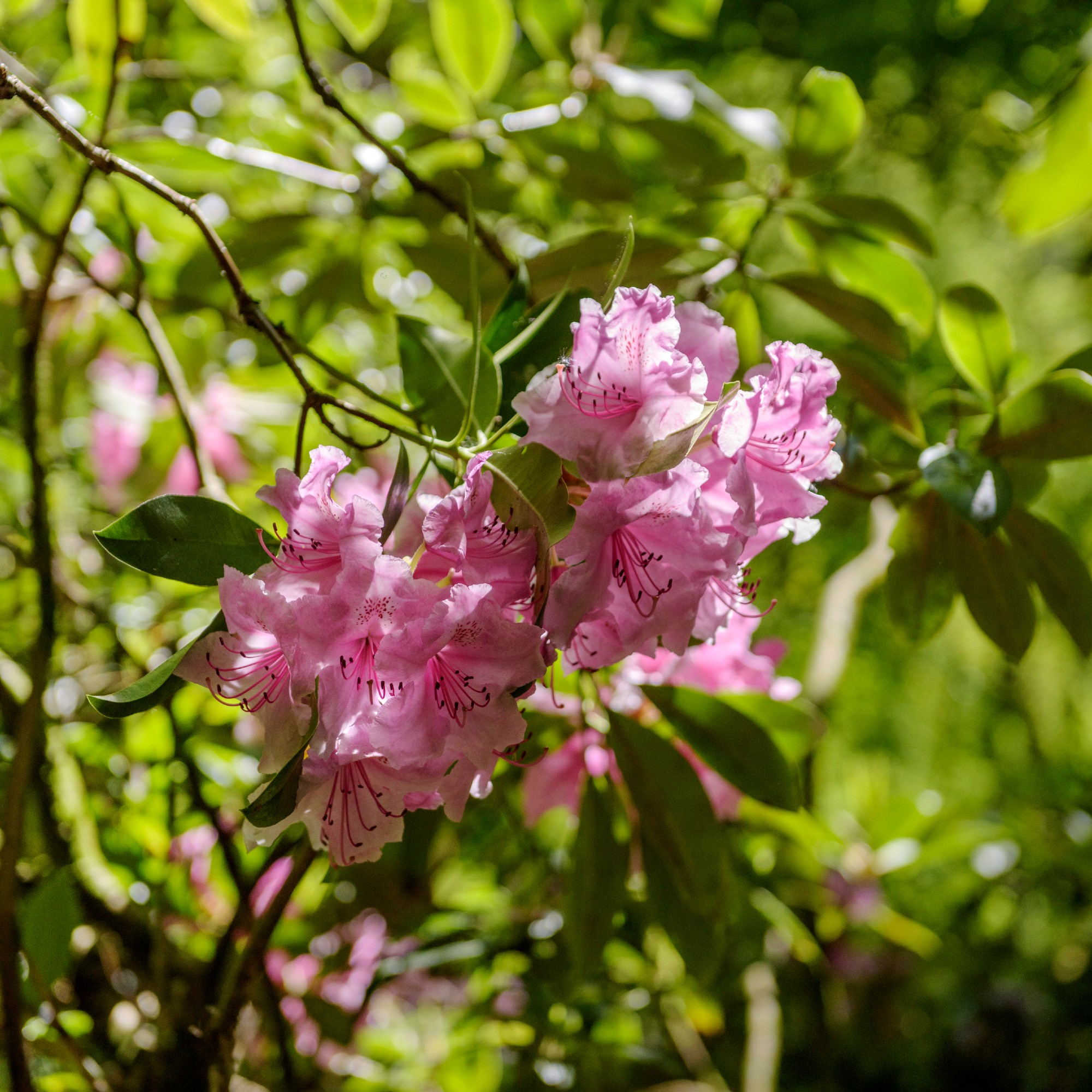
One thing you should know about these two plants is that all azaleas are rhododendrons, but not all rhododendrons are azaleas. However, they have very similar pruning requirements - especially when it comes to timing.
The best time to prune rhododendrons is after they have stopped blooming in the spring. In fact, Morris Hankinson, Managing Director of Hopes Grove Nurseries, says this is the case with all spring-flowering shrubs.
He says that by pruning in autumn ‘you are likely to remove next year's flower buds, which will leave you with little to no blooms come spring. Many of the flower buds will start to appear over the summer and into autumn, so the best time to prune spring-flowering shrubs is late spring, immediately after they have finished flowering.’

Morris Hankinson is the founder and managing director of Hopes Grove Nurseries, the UK’s only specialist grower-retailer of hedging plants. He established the thriving business in 1992, shortly after graduating with a Commercial Horticulture Degree from Writtle College, Essex.
2. Fruit trees
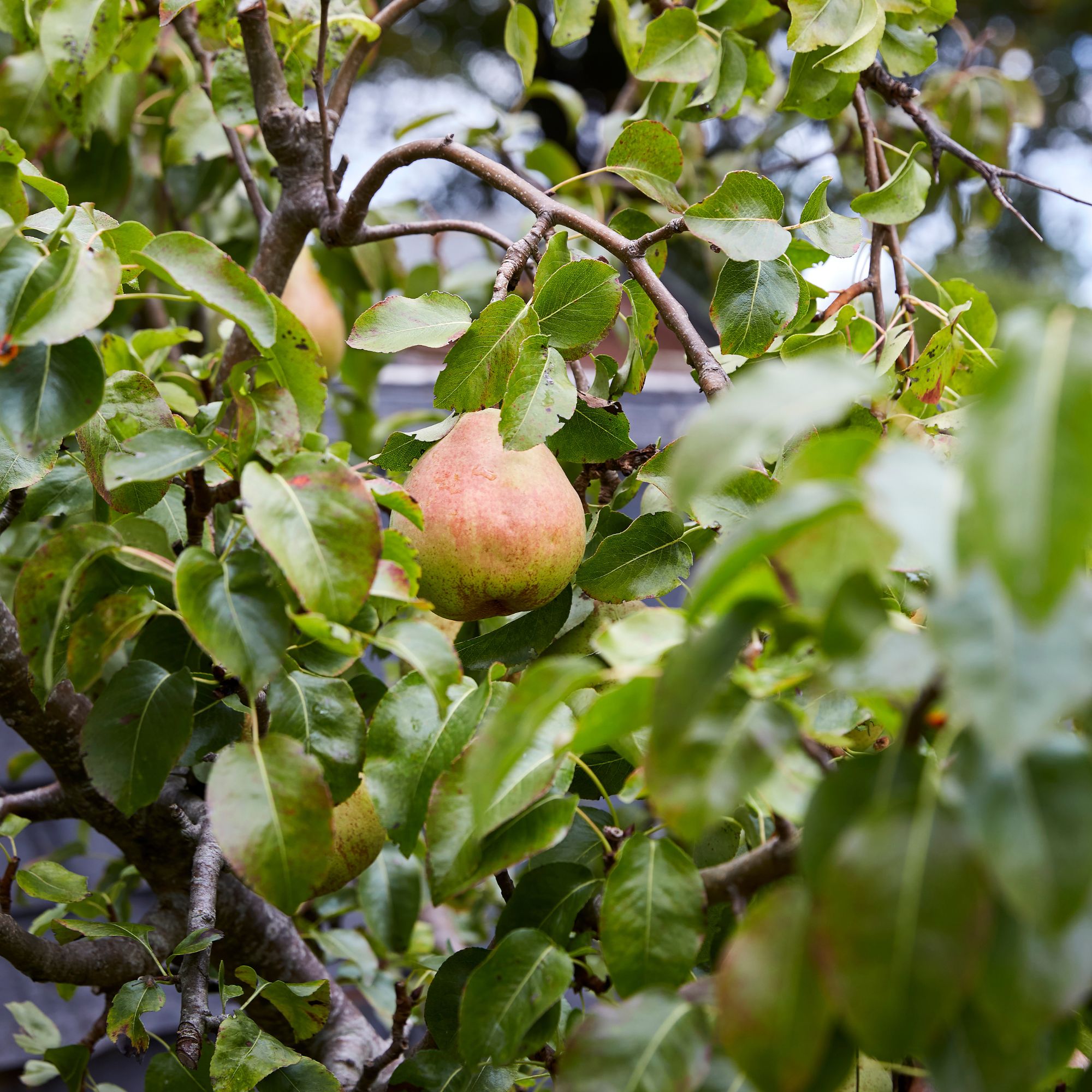
Fruit trees come in many different forms - from the best fruit trees for a small garden to larger, much older specimens - but the general consensus is that you should never prune any fruit tree in autumn.
Sign up to our newsletter for style inspiration, real homes, project and garden advice and shopping know-how
Tony Williams, Estates Manager at Mount Ephraim Gardens, explains, ‘Fruit trees including apple, peach, cherry, plum, and pear should also be spared from November pruning, as it can stimulate new growth vulnerable to frost, which can weaken the tree and reduce fruit production the following year.’
So, if you think you need to prune your pear or apple tree, you should store your loppers safely until the tree goes dormant and it’s safe to start pruning. Alternatively, you could opt for a spring or summer prune.

Tony is a keen and experienced gardener who has worked in horticulture across a variety of sites, including Canterbury Cathedral. He is extremely interested in sustainable gardening and strives to avoid polluting chemicals in fertiliser and pest control. He is dedicated to preserving natural resources and reducing water waste wherever possible.
3. Rudbeckia
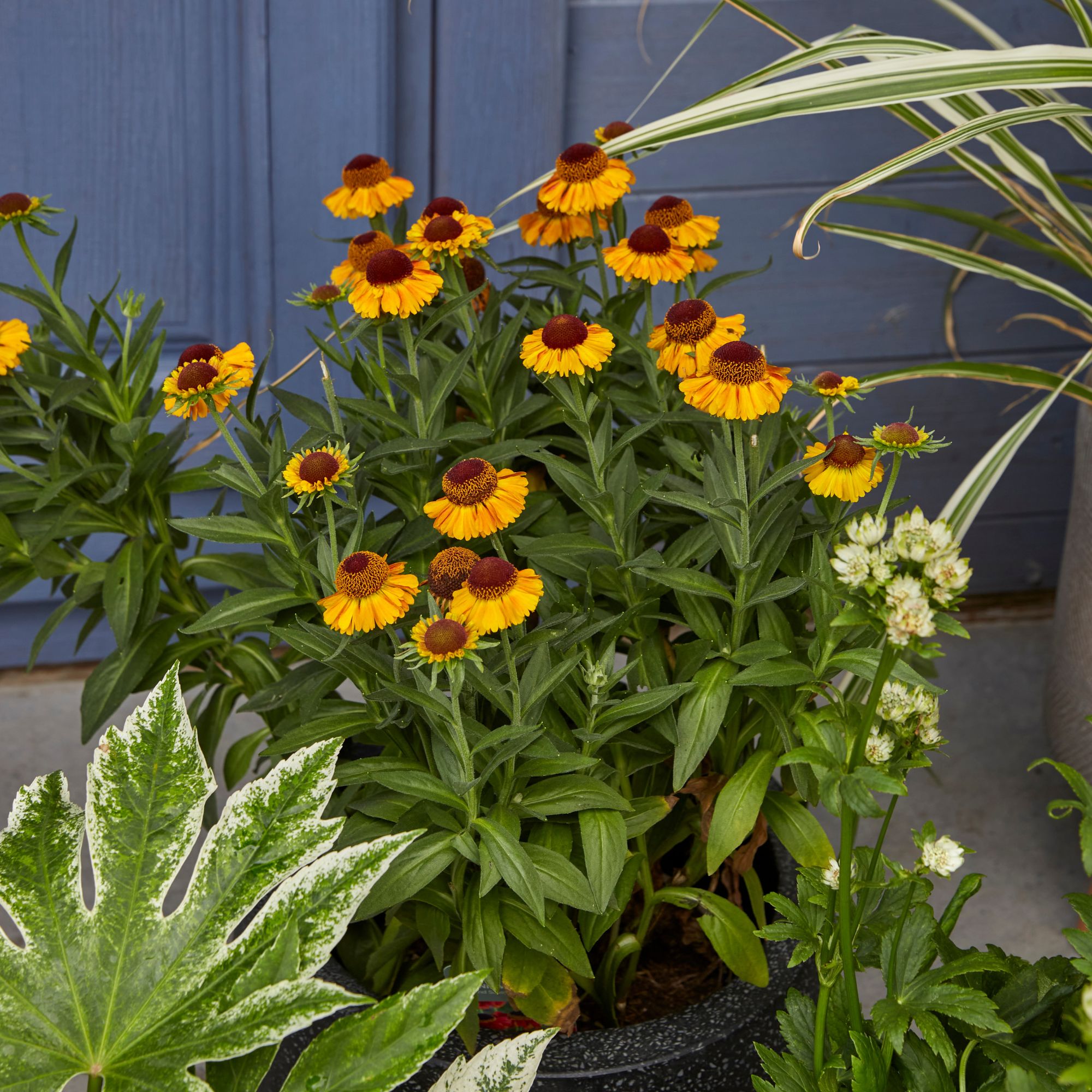
Whether you know it as rudbeckia, a black-eyed Susan or a coneflower, it’s fair to say that this daisy-type plant can add the pop of colour your garden often needs. But as rudbeckia will typically stop flowering in the autumn, many people choose to prune it at this time, too.
However, it’s important to know when to cut back rudbeckia to ensure your plant's full health and well-being - as well as the natural world around it. And while you can prune rudbeckia in the autumn if you really want to, most experts agree that cutting it back at this time would deny birds the delicious seeds they need to survive the winter months.
The spent flowers and foliage of rudbeckia will also help to keep the plant warm during the colder frosts, so keeping everything intact will work in everyone’s favour. If you want to prevent self-seeding, simply deadhead the seed heads and leave the rest.
4. Roses
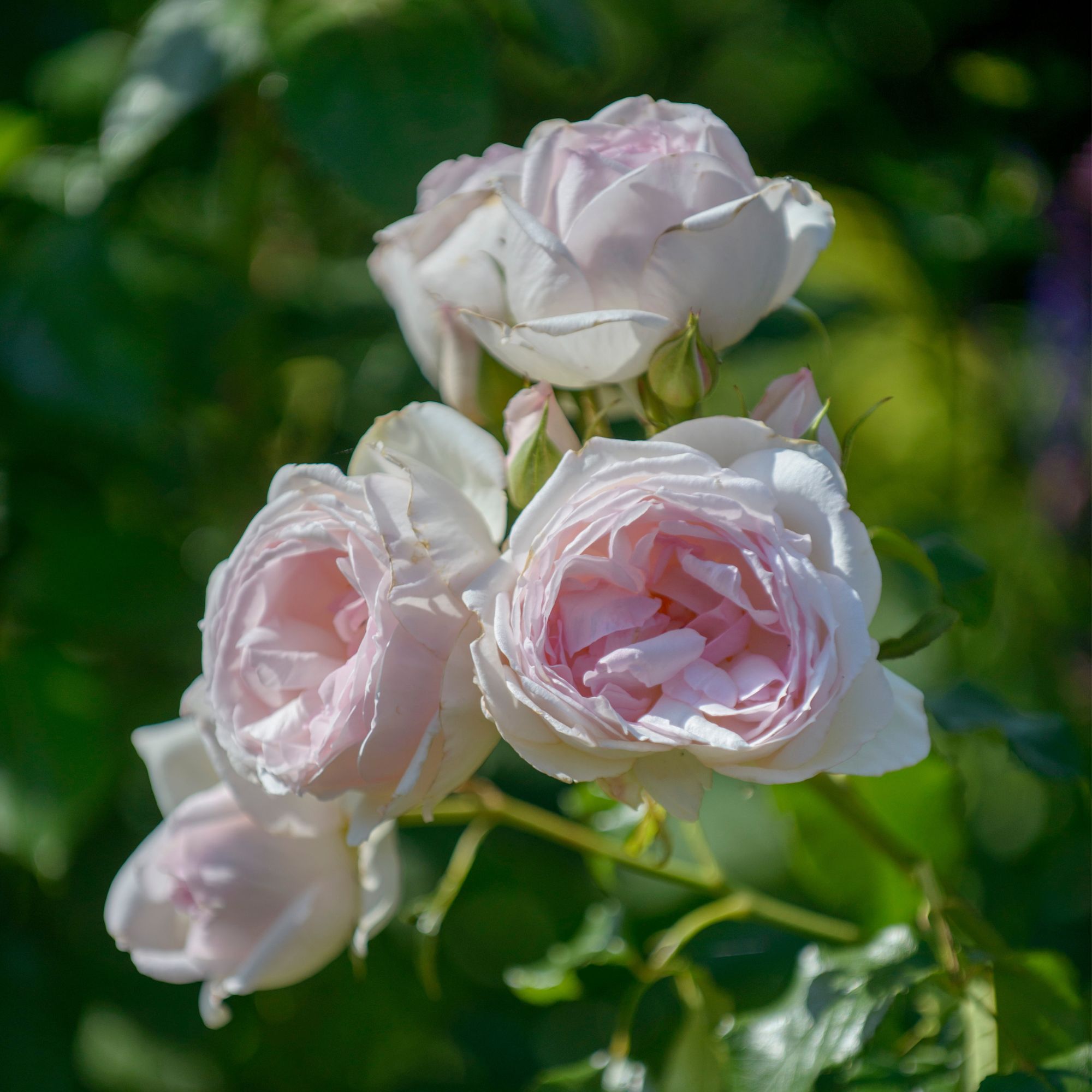
Everyone loves roses, but what many people don’t realise is that pruning roses at the wrong time can be disastrous for these romantic blooms. And pruning roses in autumn is the worst thing you can do for them.
‘Roses including hybrid tea, floribunda, and climbing roses produce tender new growth in response to pruning, which can be easily damaged by freezing temperatures,’ says Tony. ‘Pruning too much in autumn can also weaken the plant’s structure. Most roses should be pruned in late winter or early spring (usually around February or March) as they begin to come out of dormancy.’
These rules also apply if you have climbing roses in your garden.
5. Forsythia
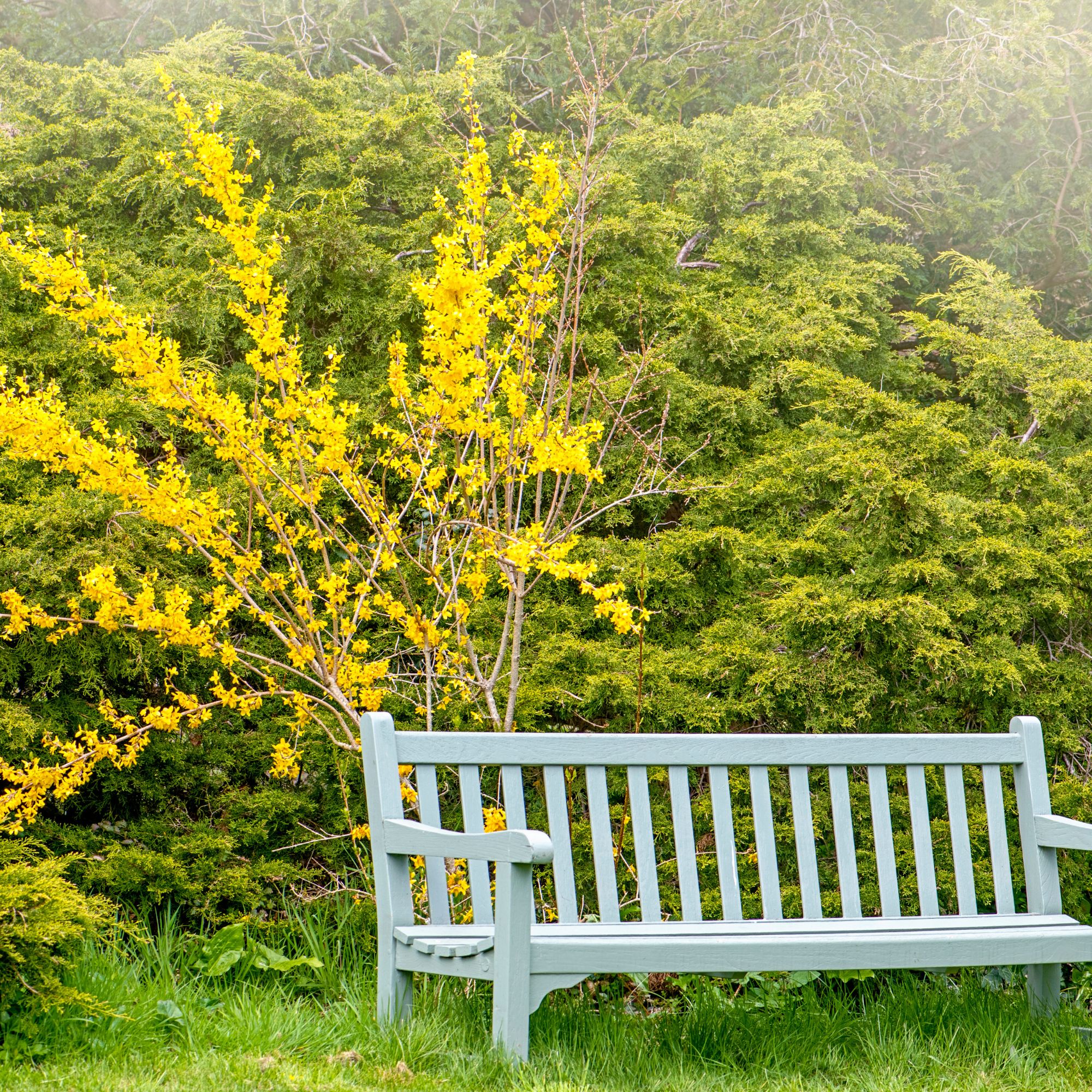
As one of the best shrubs for full sun, forsythia is ideal for a south-facing garden - or the pockets of sunlight in your outside space.
However, knowing when to prune forsythia is key, and experts agree that you should never prune forsythia in autumn. In fact, pruning forsythia in the autumn can reduce the number of yellow blooms you’ll see next year.
With this in mind, you should wait until the flowers have faded in spring to get your pruners out. This will give the plant enough time to recover before the next blooming season.
6. Russian sage
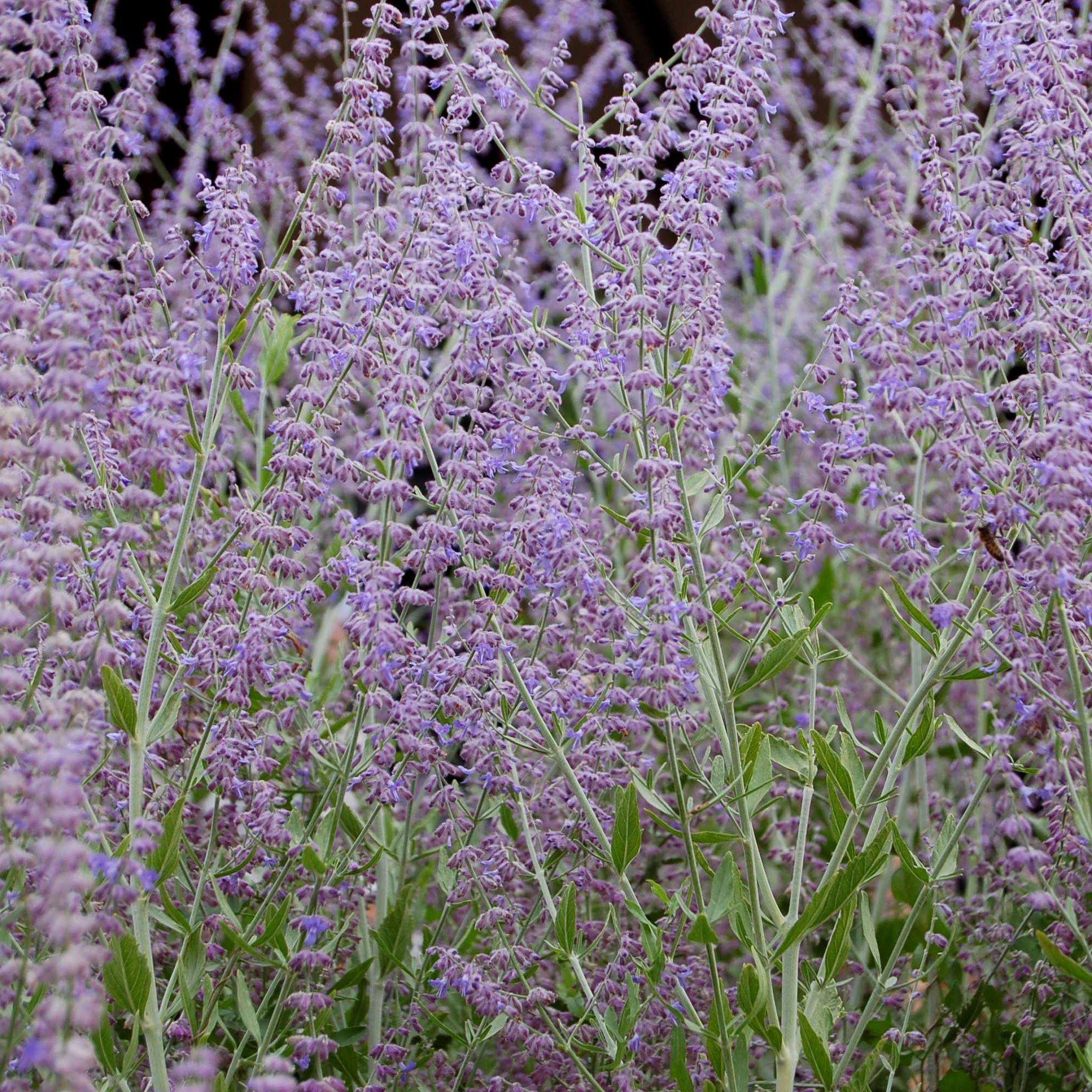
Russian sage is a lavender-lookalike that is ideal for a larger garden, as it loves the space to spread out its roots and really show itself off. And while that makes it one of the plants you should never put in pots or raised planters, it’s still a worthwhile addition to your garden.
But if you’re wondering when to prune Russian sage, autumn is never the answer. By keeping the foliage intact over the autumn and winter months, you’ll not only give the local wildlife something to chomp on but also increase the hardiness and the overall health of your plant.
Instead, you should wait until late winter or early spring to prune Russian sage. If you don’t, you may find that the blooming period and general growth of your plant are stunted.
7. Hydrangeas
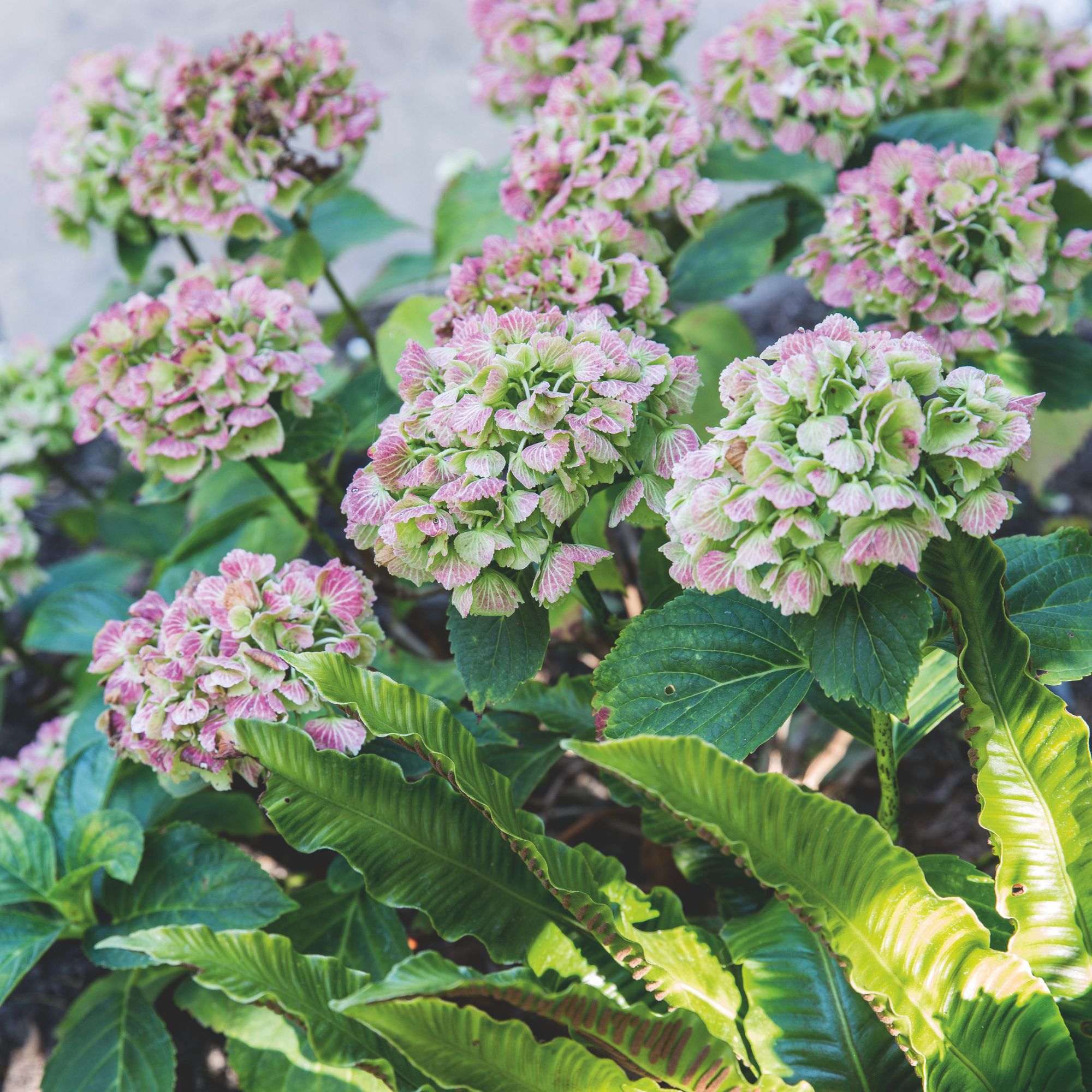
We love hydrangeas as much as the next person (who really loves hydrangeas), but their giant flowerheads and incredible beauty are a sure sign that they’re pretty high maintenance - which is fairly true.
As well as planting hydrangeas at the right time, you also need to prune hydrangeas at the right time, and this ultimately all depends on the type of hydrangea you have in your garden. In most cases though, you should never prune hydrangeas in autumn.
Most hydrangeas will benefit from being pruned in late winter or early spring while climbing hydrangeas should be pruned after flowering in summer. This is echoed by Tony, who says, ‘Hydrangeas, especially big leaf varieties like the Oak leaf Hydrangea, set buds on old wood, meaning they form next year’s flower buds in late summer. November pruning can remove these buds and reduce blooming.’
8. Ornamental grasses
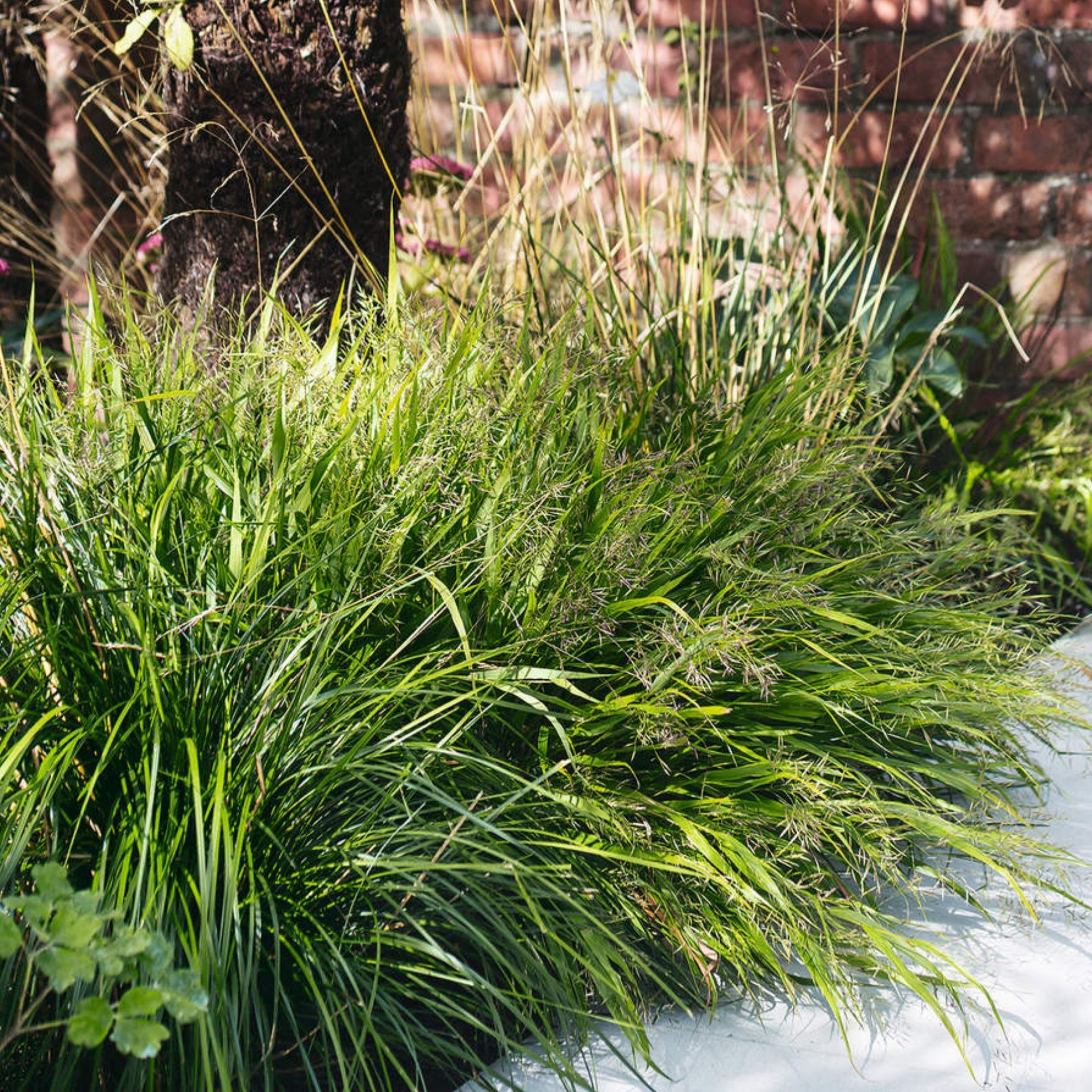
Whether you’ve opted for the best ornamental grasses for containers or the best for shade, you’ll know that these plants can offer height and depth to your garden. Plus, they can add a new type of visual intrigue.
And while it’s not the end of the world if you get the pruners out in autumn, most experts would agree that ornamental grasses are some of the plants you should never prune in the autumn months.
Morris says, ‘Unlike the others, pruning ornamental grasses won't necessarily have a negative effect on them, however they provide a valuable food source to birds and wildlife over the winter and also make an attractive addition to the garden in the colder months so they should be left as they are until early spring.’
FAQs
Can I cut back shrubs in autumn?
This ultimately depends on the type of shrub you have in your garden. If you have deciduous shrubs, you can cut them back in the autumn - but early winter is still preferred if you can wait a bit longer.
However, you should only ever cut back evergreen shrubs in the spring and should avoid cutting them back in the autumn.
Should you cut back perennials in autumn?
Yes, you can cut back perennials in autumn, but it’s always a good idea to double-check the specific plant you’re looking to cut back, as some plants have different pruning requirements.
By cutting back perennials in autumn, you can often promote better flowering next year and tidy them up for the winter months.
However, it’s not always necessary to cut back perennials in autumn as most of them will survive the winter without a trim. Some perennials also need the cover and insulation to survive the colder months.

Lauren Bradbury has been the Content Editor for the House Manual section since January 2025 but worked with the team as a freelancer for a year and a half before that. She graduated with a Bachelor’s degree in English and Creative Writing from the University of Chichester in 2016. Then, she dipped her toe into the world of content writing, primarily focusing on home content. After years of agency work, she decided to take the plunge and become a full-time freelancer for online publications, including Real Homes and Ideal Home, before taking on this permanent role. Now, she spends her days searching for the best decluttering and cleaning hacks and creating handy how-to guides for homeowners and renters alike, as well as testing vacuums as part of her role as the Ideal Home Certified Expert in Training on Vacuums, having spent over 110 hours testing different vacuum models to date!